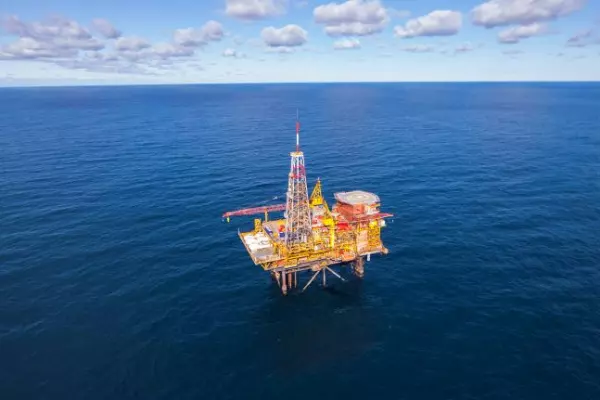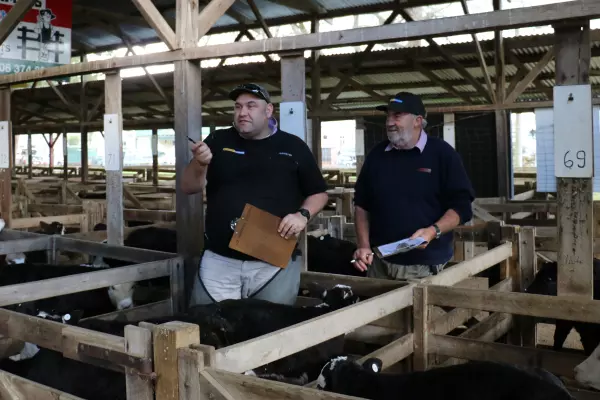BusinessDesk investments editor Frances Cook responds to emails from readers each week to answer questions about money. Below, you'll find her expert advice. Send your own questions to [email protected].
Hi Frances,
I’ve got a query about the Fire calculation, which I’ve never been sure about.
Let’s say I want a future income from investments of $100k. So I need 25 times that, or $2.5m, in investments, from which I can withdraw 4% annually without going backwards.
But do I base those figures off today’s pricing, or should I be figuring in inflation?
Should I be saying, well, it’ll take me 20 years to accumulate $2.5m in investments, so then do I actually need to be aiming for the equivalent of $2.5m in 20 years' time, which would be a lot more? And if that’s the case, then it would take even longer to accumulate…
It seems like a moving target!
Thanks,
H.
Hi H,
Love your question, and – spoiler alert – my answer is good news for you.
But first, I’m going to do a quick recap for anyone reading along who hasn’t come across the Fire movement before.
How to Fire
Fire stands for financial independence; retire early. As in, build up a certain stack of cash in investments, and once you hit a pre-determined number, you should be able to live off that forever.
There’s a bit of back-of-the-envelope maths involved in working out how much you need.
Some people are happy with a bare-bones, simple existence. They won’t need as much.
Some people want to live a more luxe life and would need to build up more to achieve that.
Other people still plan to do some part-time or contract work and so need only enough to cover their bare essentials for living, while the work here and there pays for any luxuries.
Whatever version you’re chasing, you look at the costs involved with living that way for a month, then a year.
Then comes the maths of 25 times and 4%.
You need 25 times that annual figure in investments, usually in the sharemarket. You can then withdraw 4% of that money for the rest of your life.
That’s because it keeps earning, keeps growing, while you take out that money.
On to your question
The maths of it is daunting, but it has been tested every which way by analysts and academics, and it rarely fails, so at least we have a good lie of the land for what to expect.
Yes, it’s a huge amount to build up, but that’s why it’s important to invest as you go. With investments earning and building at the same time as you work and put money in, your money is supercharged.
It’s hard to save your way to wealth, but nowhere near as hard to invest your way there. Your money just has to be working alongside you.
The average return of the sharemarket, over a period of years, is about 10%. But then we want to factor in some tax, some fees to whoever you invest through, and yes, inflation.
So I usually use an average figure of 7% in order to have all of those factors in the mix.
So if you’re saying, I can save this much per year, I want to hit $2.5m, then I personally would be using a compound interest calculator set to 7% in order to see how long it would take you while your money is also earning to help you along. (Google them, there are free ones on the internet.)
The end goal will be equivalent to $2.5m of today’s money.
How much to spend
This means the 4% withdrawal rate is pretty conservative. It also means that in a good year on the sharemarket you’re stacking a lot of extra money away for the future.
In a bad year on the sharemarket your investments might go backwards, but you can still take out 4%, because you stacked the profits back into investments in the good years.
In most situations, even if you stay retired for 40 years living off this cash, the numbers used here mean your investments would keep growing in value, leaving you with more than you started with.
So because inflation is included, your 4% figure will actually grow throughout your early retirement, and that’s all part of the plan. You can increase how much you take out, to match the cost of living going up.
So, you say you’re keen for a retirement income of $100,000.
If you google "inflation nz 2024", you get a figure of 4% inflation for this year.
So, if this was the second year of your retirement, you would increase the amount you take out to $104,000.
Next year, we hope that inflation will be lower. So, say, it’s 2.5%.
You increase the $104,000 figure by 2.5%; it’s now $106,600. (If you suck at maths, once again, just google percentage calculators; there are free websites that do this for you.)
Lovely, huh? It’s designed to keep your lifestyle at the place you want it to be, not slowly decreasing each year.
So yes, it’s a big goal, but part of the reason is because it’s already factoring in inflation and bad years on the sharemarket.
Then, you can make the goal more achievable by deciding if you want to immediately retire on that $100,000 a year or if you might be satisfied with a smaller mid-term goal.
Maybe you could hit a smaller goal, then do some part-time work to keep building towards the long-term goal of full retirement – phasing in the lifestyle you’re after rather than going all-or-nothing to a big goal.
I usually don’t plug my other projects here, but it seems relevant in this case, so if you want to know more about the Fire movement and how regular people can make it work, that’s what my second book is all about.
It’s called Your Money Your Future, and you can get it in paperback, ebook, or audiobook.
Send questions to [email protected] if you want to be featured in the column. Emails should be about 200 words, and we won't publish your name. Unfortunately, Frances is not able to respond to every email received, or offer individual financial advice.
Information in this column is general in nature, and should not be taken as individual financial advice. Frances Cook and BusinessDesk are not responsible for any loss a reader may suffer.














